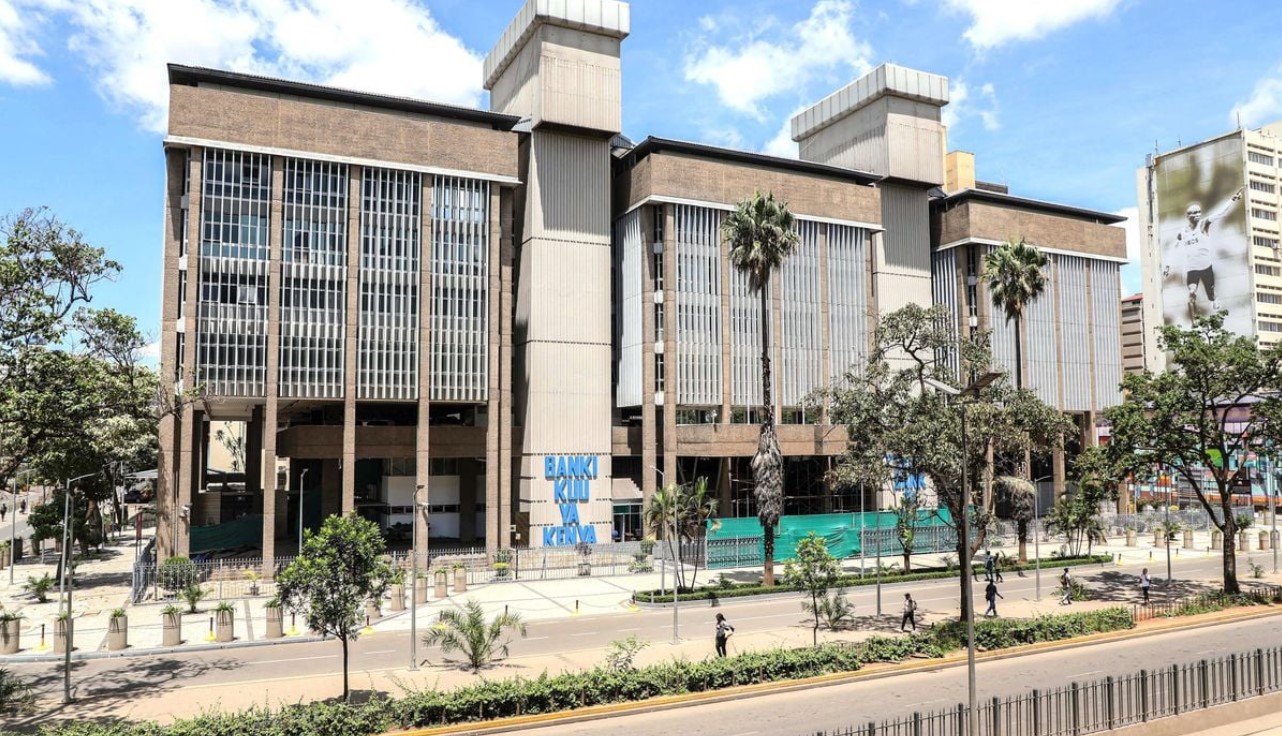Kenyan banks are intensifying loan recovery efforts as household debt stress deepens, signalling a hard turn from pandemic-era leniency. More than 30 lenders are now targeting overdue personal and household loans, a category flagged by the Central Bank of Kenya as the most likely to see more defaults this quarter.
In its latest Credit Officer Survey, 33% of the 39 banks surveyed said they expect non-performing loans (NPLs) in the personal and household segment to rise between April and June 2025. That’s a sharper risk signal than in any other sector. The shift marks a new phase of credit tightening, driven not by weak liquidity but by risk-aversion and regulatory pressure to clean up loan books.
Borrowers in the personal and household category are already feeling the pressure. At least five Equity Bank customers told they’ve recently received calls from recovery agents demanding payment on overdue loans. One borrower admitted they hadn’t made any repayments for over a year. Though interest on the loan stopped accumulating after the 90-day window, as required under IFRS 9 rules, the debt remained on Equity’s books.
Until May, Equity did not automatically deduct deposits from accounts with outstanding loan balances. That changed last month, according to one borrower who said they deposited a small amount that was used to regularise their loan. Other banks never paused automatic deductions, and continue to apply any new deposits toward overdue balances. For many, that means basic needs go unmet.
Borrowers describe the mental strain of having to second-guess whether it’s safe to use their own bank accounts. Some have resorted to keeping cash or using other bank accounts altogether. The majority of Kenyans have at least two bank accounts in an effort to diversify their financial services.
“I can’t save, I can’t plan. Any time I get paid, I lose part of it,” said another borrower who owes KES 12,000 on a loan taken in 2024. “Even when I want to repay in small bits, I don’t feel like I’m in control.”
These deductions, often triggered without warning, make it harder for low-income families to manage tight budgets. The result is a slow erosion of trust between borrowers and their banks, and more people turning to informal channels just to stay afloat.
No more days of grace
Much of the current friction lies in the shift from leniency to enforcement at a time when many borrowers believed the softer approach seen in 2021 and 2022 would last. With recovery teams now reactivated and debt collection agencies aggressively chasing defaulters, borrowers are learning that old loans have not been written off and won’t be ignored.
While borrowers are expected to repay, few report receiving clear, detailed breakdowns of what they owe. Some do not know whether interest has been paused or whether partial payments will improve their credit standing. Even among banks that comply with accounting standards, a significant communication gap persists, as recovery efforts have been passed over to debt collection agencies.
“I borrowed KES 20,000 in 2021. Any time I receive a call from a loan collection agent, they give me a conflicting figure,” a customer who borrowed from Equity told .
Digital lenders are also stepping up pressure as some are offering limited-time deals to clear overdue balances. At least five borrowers say they were offered the chance to settle their debts by paying only the principal amount, with penalties and interest waived, if paid in full by a set date.
“Zenka offer has been extended up to 16th June. Take advantage and pay KES 5,000 ($39) instead of KES 8,000 ($62) and get cleared instantly,” read a message sent to one borrower by AFS LTD, a loan recovery agency for Zenka. The borrower couldn’t take the deal. “I didn’t have money at that time,” they said.
This approach shows how uncertain lenders are about actual recovery, and waiving penalties to encourage lump-sum payments suggests loan apps, like banks, are more focused on clearing risky assets than profiting from overdue accounts.
Key lenders, including Equity Bank, Kenya Commercial Bank (KCB), NCBA Bank of Kenya and I&M Bank, have ramped up recovery efforts through a mix of in-house teams and outsourced debt collection firms. It marks a return to enforcement, in contrast to the softer posture many adopted during the pandemic.
Shifting focus to non risky borrowers
Fresh data from the CBK’s first-quarter report shows banks plan to intensify recovery efforts across eight sectors: personal and household (84%), trade (76%), real estate (73%), building and construction (68%), manufacturing (66%), and transport and communication (66%). These efforts aim to protect asset quality as lending appetite remains cautious and credit demand stays flat.
Apart from trade, which saw a slight bump due to working capital needs, borrowing remained flat across sectors like tourism, energy and mining. Interest rates and inflation had little impact on credit decisions in Q1 2025, according to CBK respondents.
78% of banks said their liquidity had improved, but only 31% plan to lend more to the private sector. The rest are placing funds in low-risk instruments like treasury bills (19%), bonds (19%), and interbank placements (22%).
The shift reflects a narrower risk appetite, where banks are prioritising capital buffers and accounting compliance over new loan growth. IFRS 9 rules, which require forward-looking risk estimates, have tightened access to credit, especially for informal or unsecured borrowers.
One borrower contacted by a bank’s recovery partner told they offered to pay KES 1,000 ($8) as a show of intent, but were told only full payment would be accepted.
The squeeze hits low-income earners and small traders hardest, as many face shrinking access to credit, aggressive follow-ups on old loans, and little clarity on how to get out. Negative listings can shut out borrowers completely. And even when they try to repay, small payments often don’t lead to relief, or any guarantee they’ll qualify for credit again. Getting cleared isn’t cheap either considering a credit clearance certificate costs KES 2,200 ($17), a fee many Kenyans simply can’t afford.
In an interview with a local TV station, Kevin Mutiso, the chairman of the Digital Financial Services Association of Kenya (DFSAK), said financial literacy gaps are part of the problem. Mutiso advised borrowers to only take loans for investment, not consumption. “Don’t borrow to consume. Borrow to make more money,” he said. While many use digital credit to restock or support their businesses, others use it for short-term needs or worse, betting. “Customers under the age of 24 often use borrowed money for the wrong reasons. In Kenya, we spend KES 10 million ($77.300) per hour on betting,” he noted.
Digital lenders in Kenya disburse over KES 500 million ($3.9 million) every day, about KES 15 billion ($116 million) a month, to more than 8 million Kenyans. Mutiso also warns borrowers to pay attention to the total cost of loans, including interest, late fees, and application charges, to avoid falling into deeper financial strain.
———
Mark your calendars! Moonshot by is back in Lagos on October 15–16! Join Africa’s top founders, creatives & tech leaders for 2 days of keynotes, mixers & future-forward ideas. Early bird tickets now 20% off—don’t snooze! moonshot..com











